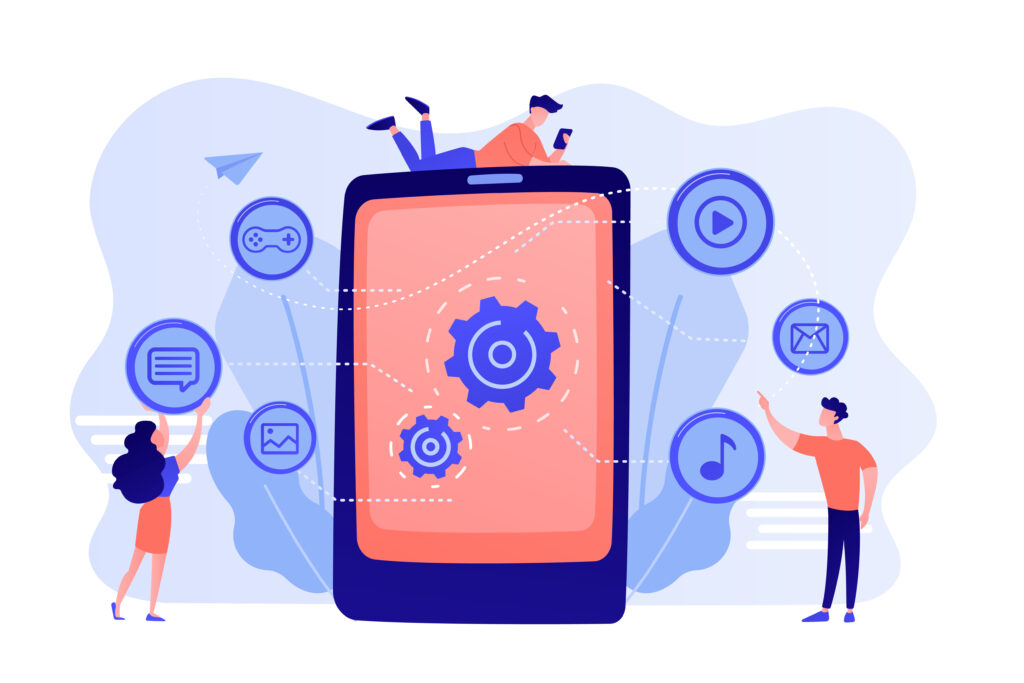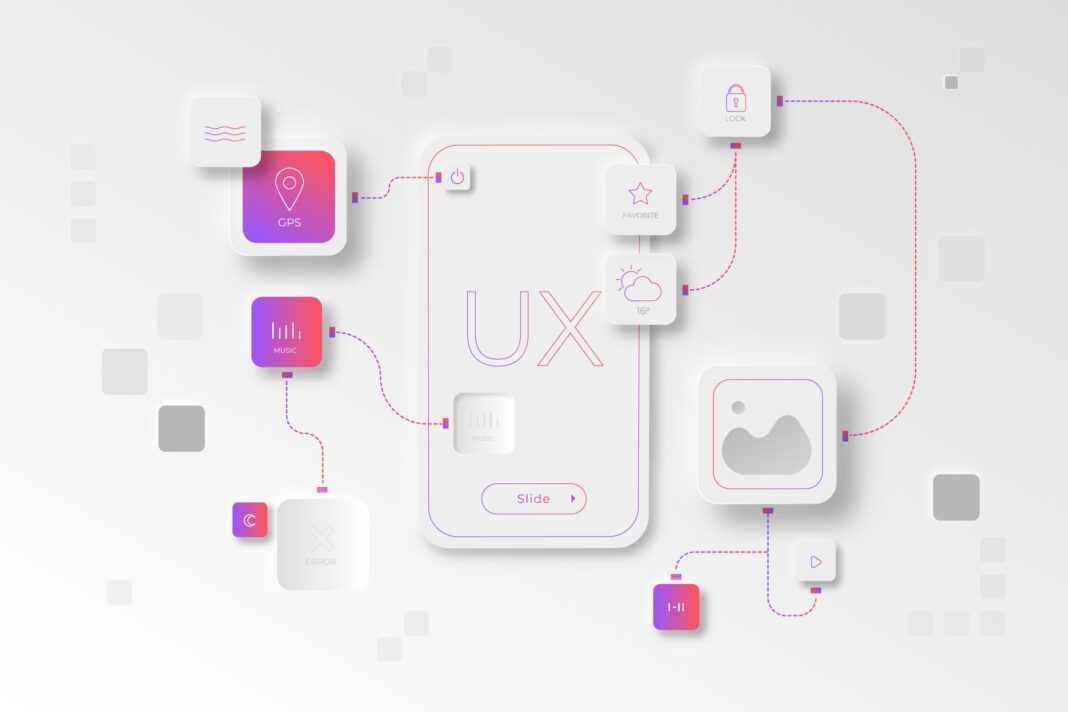Artificial intelligence is fundamentally changing how software is designed, built, tested, and maintained. Rather than just assisting developers, AI is reshaping entire workflows, optimizing processes that were once manual and time-consuming. This in-depth guide will explore every major way AI is impacting software development, with real-world examples, technical breakdowns, and insights into future trends.

1. Automated Code Generation: How AI Writes and Completes Code
The Rise of AI-Powered Coding Assistants
Tools like GitHub Copilot, Amazon CodeWhisperer, and Tabnine use large language models (LLMs) trained on billions of lines of public and proprietary code. These models predict and suggest code snippets in real-time, significantly speeding up development.
- How it works: When a developer starts typing, the AI analyzes context—function names, variables, and project structure—to offer relevant completions.
- Impact on productivity: Studies show AI-assisted coding can reduce keystrokes by 40-50%, allowing developers to focus on logic rather than syntax.
Case Study: GitHub Copilot in Enterprise Development
A 2023 study by GitHub found that developers using Copilot:
- Completed tasks 55% faster on average.
- Reported higher satisfaction due to reduced boilerplate coding.
- Experienced fewer context switches between documentation and coding.
However, challenges remain:
- Code quality risks: AI may suggest inefficient or insecure patterns.
- Licensing concerns: Some generated code may inadvertently copy proprietary snippets.
The Future of AI-Generated Code
- Full-function generation: AI may soon write entire modules from high-level specs.
- Context-aware debugging: AI could explain why a generated snippet fails and suggest fixes.
2. AI-Driven Debugging: Finding and Fixing Bugs Faster
Traditional Debugging vs. AI-Powered Debugging
Manual debugging is tedious, often involving:
- Step-by-step execution tracing.
- Log file analysis.
- Guesswork in replicating issues.
AI changes this by:
- Predictive error detection: Identifying bug-prone areas before deployment.
- Automated root cause analysis: Pinpointing exact failure points in seconds.
Key Tools and Techniques
- Static Analysis (SAST): Tools like SonarQube and DeepCode scan code for vulnerabilities.
- Dynamic Analysis (DAST): AI monitors runtime behavior to detect memory leaks, race conditions, and performance bottlenecks.
- Anomaly Detection in Logs: Platforms like Datadog use machine learning to flag unusual errors.
Case Study: How Facebook Uses AI for Debugging
Facebook’s SapFix tool:
- Automatically generates fixes for common bugs.
- Reduces debugging time by 30-40% in large codebases.
Limitations and Risks
- False positives: AI may flag non-issues.
- Over-reliance: Developers might skip manual reviews, leading to overlooked flaws.
3. AI in Software Testing: Automating Quality Assurance
The Shift from Manual to AI-Driven Testing
Traditional testing involves:
- Writing hundreds of test cases.
- Manually executing regression tests.
- Struggling with flaky tests.
AI automates this by:
- Generating test cases from requirements.
- Self-healing test scripts that adapt to UI changes.
- Predictive test selection, running only relevant tests after code changes.
Leading AI Testing Tools
| Tool | Key Feature |
|---|---|
| Testim.io | Self-healing locators |
| Applitools | Visual AI testing |
| Mabl | Autonomous test creation |
Case Study: How Google Uses AI for Testing
Google’s Test Analytics:
- Uses ML to predict which tests are most likely to fail.
- Reduces test suite runtime by 60%.
Challenges in AI Testing
- Maintenance of AI models: They require continuous training.
- Edge case handling: AI may miss rare but critical scenarios.
4. AI for Code Documentation and Maintenance
The Problem of Poor Documentation
- 60% of developers say bad documentation slows them down.
- Legacy code often lacks comments, making updates difficult.
How AI Automates Documentation
- Natural Language Processing (NLP): Tools like Swimm analyze code and generate summaries.
- ChatGPT for Docs: Can explain complex functions in plain English.
Case Study: AI in Open-Source Projects
The Apache Software Foundation uses AI to:
- Keep documentation updated.
- Translate docs into multiple languages.
5. AI in DevOps: Smarter CI/CD Pipelines
How AI Optimizes Deployments
- Predictive failure analysis: Flags risky commits before deployment.
- Log anomaly detection: Identifies hidden issues in real-time.
Tools Transforming DevOps
- Datadog: AI-powered log insights.
- Harness: AI-driven deployment verification.
6. The Future of AI in Software Development
Emerging Trends
- AI pair programming: Real-time collaboration between devs and AI.
- Self-optimizing code: AI refactoring for performance.
Will AI Replace Developers?
No—but it will:
- Automate repetitive tasks.
- Require new skills in AI oversight.
FAQs
1. Is AI-generated code reliable?
It can be, but always requires human review for security and efficiency.
2. What’s the best AI coding tool?
GitHub Copilot leads, but CodeWhisperer and Tabnine are strong alternatives.
3. How does AI improve testing?
By generating, executing, and maintaining tests automatically.
4. What are the risks of AI in development?
Over-dependence, security flaws, and licensing issues.

